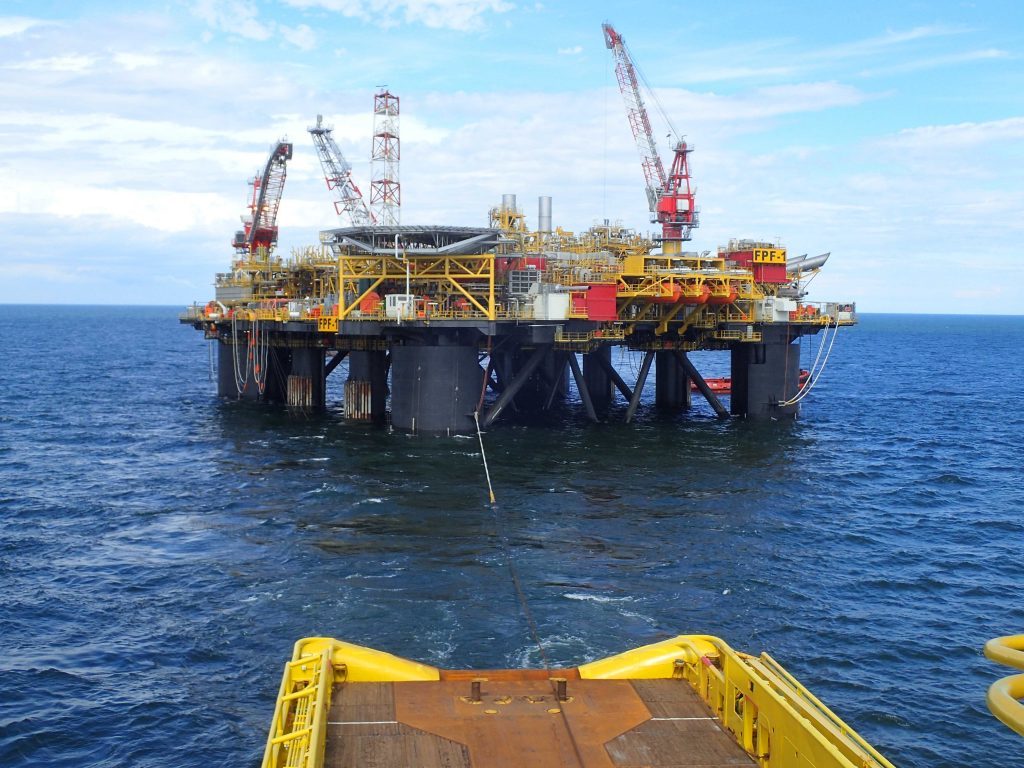
Petrofac’s exit from the North Sea Greater Stella Area (GSA) will allow it to refocus on its core business, according to analysts Westwood Energy.
Yvonne Telford, senior analyst for north-west Europe at Westwood, said it follows a trend of utility players leaving the North Sea.
Some of those include Eon and Engie, which have sold off assets in recent years, as well as a range of oil majors who either have or are in the process of selling assets.
She said: “The divestment aligns with many companies continuing to rationalise their business to focus on core areas, both in the upstream and service sectors.
“This has been well demonstrated by the large exit of utility players from the UKCS since the oil price downturn.
“For Petrofac, the divestment allows it to re-focus on its core ‘capital-light’ service sector business reducing its future capital commitments, such as its 20% share of capex for the Hurricane development capex and future potential costs with the FPF-1 unit.
“Dyas has also been rationalising its NW Europe portfolio, with the divestment of its Dyas BV (Netherlands) subsidiary and entry into Norway earlier this year.
“Greater Stella Area obviously no longer fits within its UK portfolio.”
Petrofac traditionally focuses on building and maintaining oil and gas facilities, and has started a process of divesting some of its assets since the downturn.
The firm has sold of stakes in oil assets in Tunisia and Mexico since the start of the year.
On the GSA deal last week, chief executive Ayman Asfari said it is another step towards being a “capital-light business”.
Ms Telford added that the move makes sense for Ithaca which is seeking to develop untouched resources in the GSA region.
“Ithaca has invested heavily in the Greater Stella Area to date and sees future opportunities in the area.
“Harrier is now onstream and development studies are underway for Hurricane, Austen and the BP-operated Vorlich to tie back to the FPF-1.”
